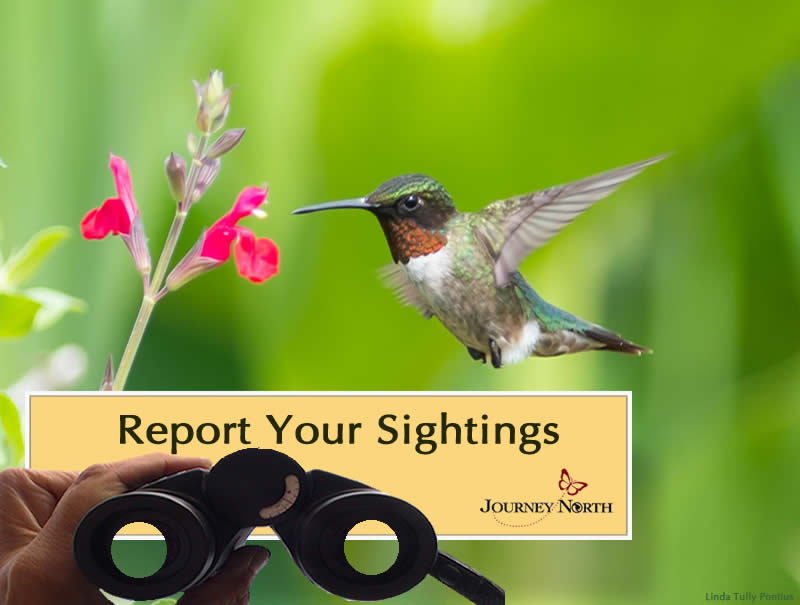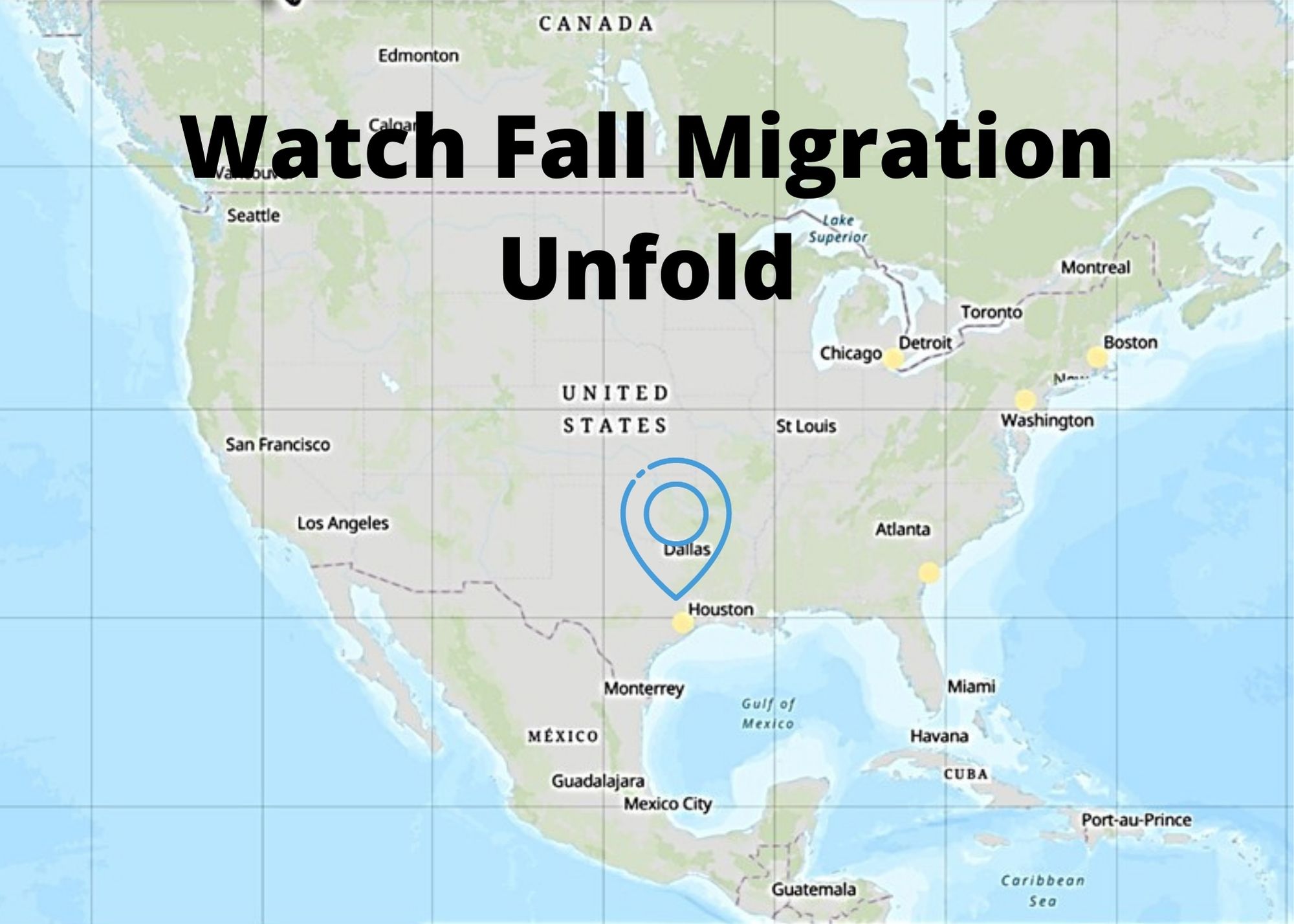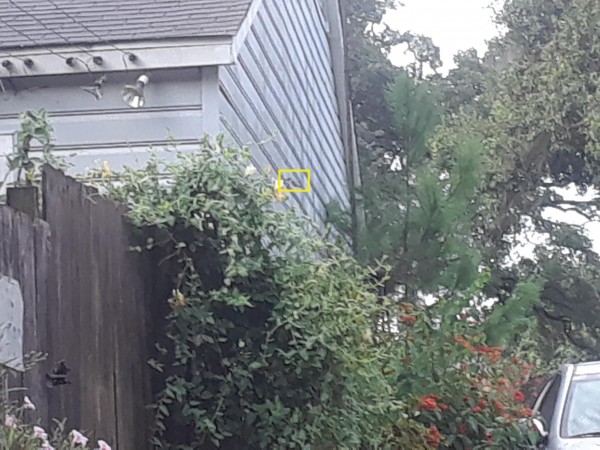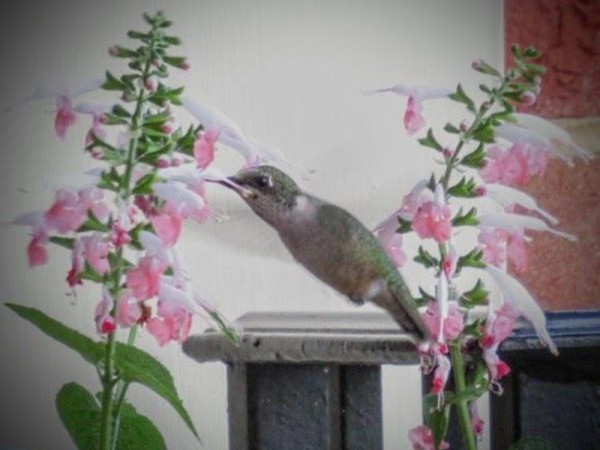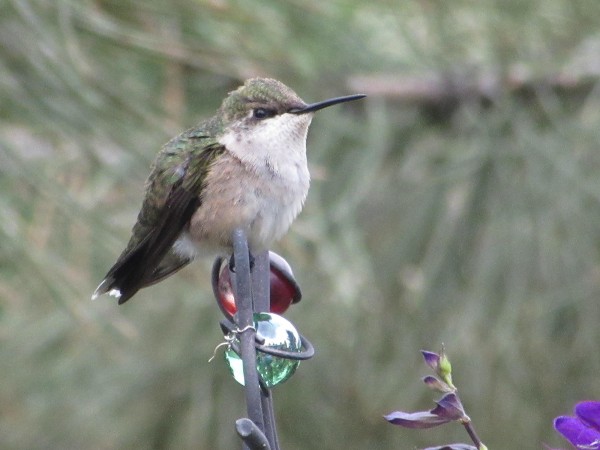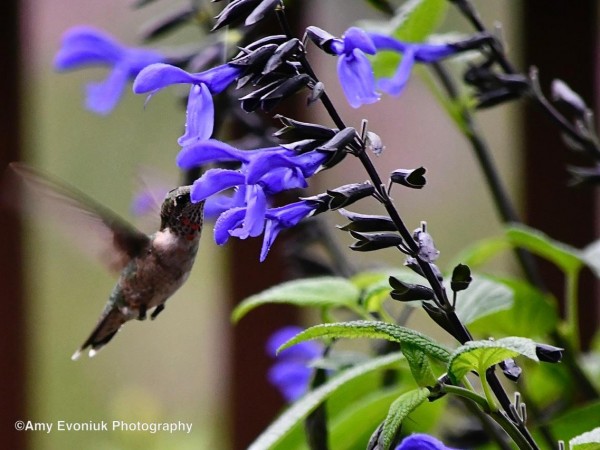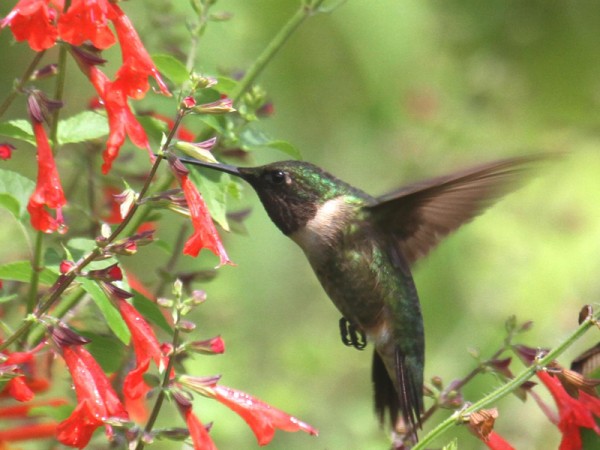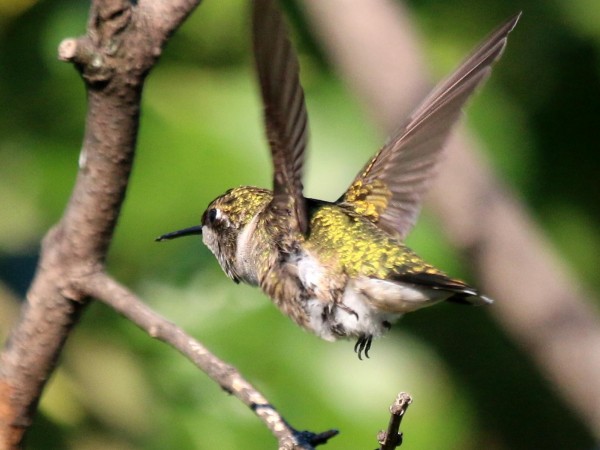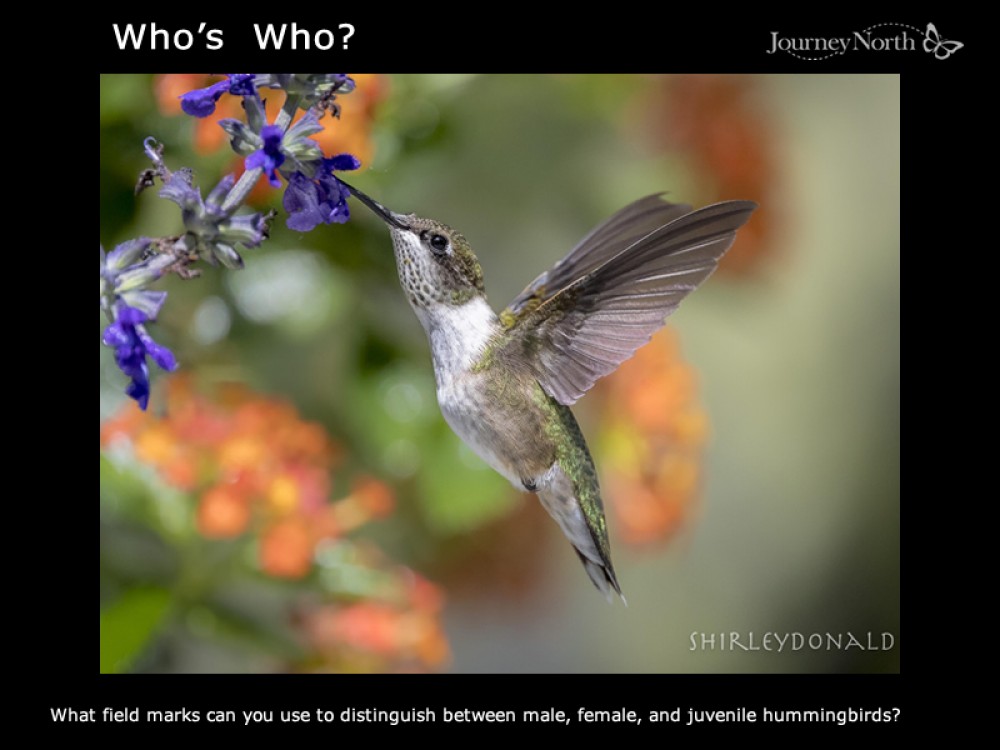Fall Migration Is Underway!
Hummingbirds are fueling up and preparing to head south to their wintering grounds. Get ready for an eventful season and help us track hummingbird migration by reporting your observations.
Migration Beckons
Hummingbirds migrate by instinct. Fewer hours of daylight trigger hormonal changes that cause the urge to fuel up and fly south. Males leave first – as early as mid-July – females follow, and the last to go are the juveniles who migrate for the first time all alone.
Watch hummingbirds go on a feeding frenzy before leaving breeding grounds. They will feed often and intensely for days in a state called hyperphagia. Hummingbirds start feeding as early as forty-five minutes before sunrise and keep eating until dusk. Fueled by the nectar, they double their weight as they prepare to fly hundreds or even thousands of miles.
Hungry Hummingbirds
Many Journey North citizen scientists are already noting signs of migration, especially increased feeding activity and departing males.
Heather in Copake, NY: "I am now down to 2 males [Ruby-throated Hummingbirds] that I can tell. There were 6 all summer. I still have some juveniles and females here. The activity has decreased in the last 2 weeks. July was super crazy filling feeders every 2 days. They enjoy the jewelweed this time of year." (08/14/2021)
Beverly in Houston, TX: "Spotted our first fall return adult male Ruby-throat at 8 a.m. Came down out of west side oak tree to white honeysuckle, turks cap, and Hamelia in that area. Seems early returning for us." (08/16/2021)
Gert in James, ON: "Last week the feeding frenzy was in full swing but it is petered down to around 10 [Ruby-throated Hummingbirds] with only one male still around." (08/20/2021)
E in Strasburg, VA: "Several [Ruby-throated Hummingbirds] come to the salvia and nearby feeder as well. Yesterday saw 8-10 hummers buzzing around the feeders. Some very small ones; others gaining weight." (08/20/2021)
Glenda in Rudyard, MT: "Had 4 [Rufous] hummingbirds meet me at the door this morning. They were all very aggressively chasing each other. I continue to have one that hangs around to chase the others off. They vary between my flowers and my feeders. They seem to love the sage salvia best." (08/20/2021)
Patti in Hillsboro, MO: "At least 25 [Ruby-throated Hummingbirds] if not more. Fighting at the feeders and sucking up the sugar water daily. Filling every day now." (08/21/2021)
Amy in Newburgh, IN: "This juvenile Ruby-throated male must have been one of the earlier babies by the looks of his Ruby spots. When the rain started I had at least 10 birds fighting for the feeders on my deck. It was definitely a feeding frenzy. When they were not chasing each other they were on the feeders." (08/21/2021)
Track the Migration
Join us as we track the migration of hummingbirds traveling to their wintering grounds. Report your observations under the following categories:
- Hummingbird Sighting (Adult Male) – The first hummingbirds to head south are adult males. Look for the bright, bold colors of the male to distinguish from females and juveniles. If you know the species, please report this information in the comment section. We are hoping for more reports of adult males to better determine "last seen" dates.
- Hummingbird Sighting – After the males have left, females and some juveniles will remain. If you know the species, please report this information in the comment section.
- Hummingbird, Nectaring from Flowers – Hummingbirds will feed almost non-stop to prepare for migration. If you know the species and nectar source, please report this information in the comment section.
- Hummingbird (OTHER Observations) – As hummingbirds travel south, they may exhibit interesting behaviors. Tell us what you are observing and if you know the species, please report this information in the comment section.
Photos are always welcome and provide a voucher for your observation.
Hummingbird Species tracked include: Ruby-throated, Rufous, Broad-tailed, Black-chinned, Allen's, Costa's, Calliope, and Anna's.
Start reporting now and continue to report until you see your last hummingbirds of the season. Fall migration is here!


